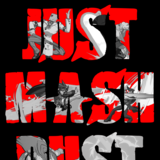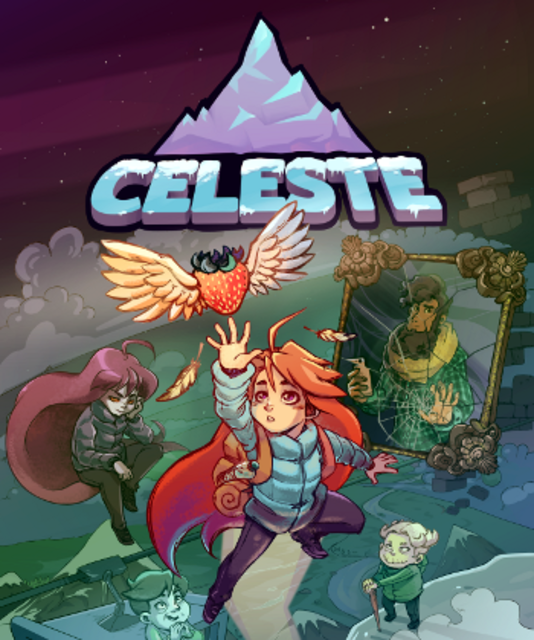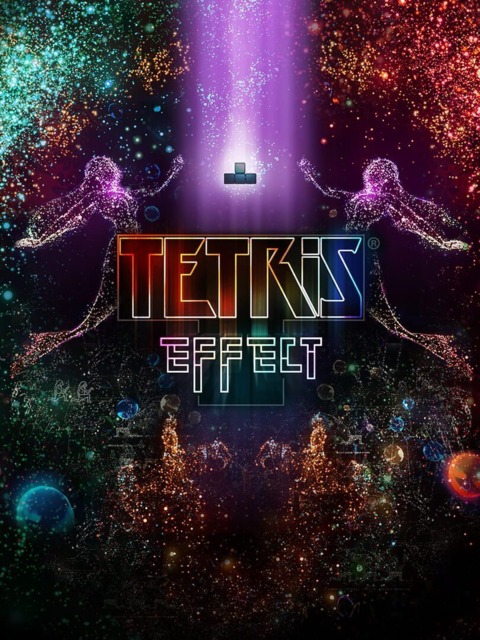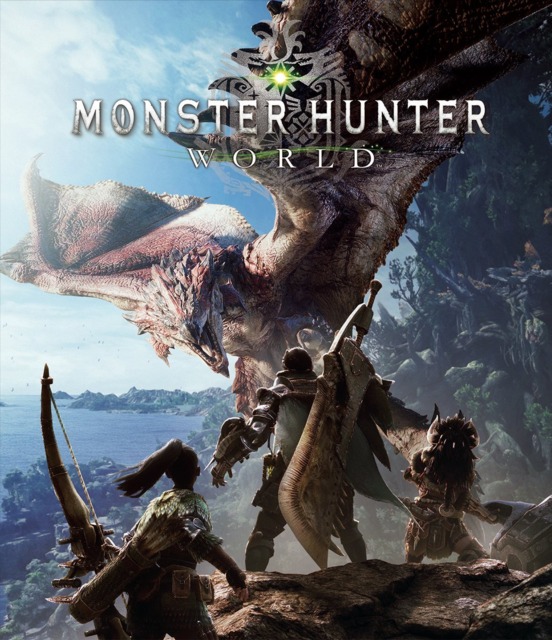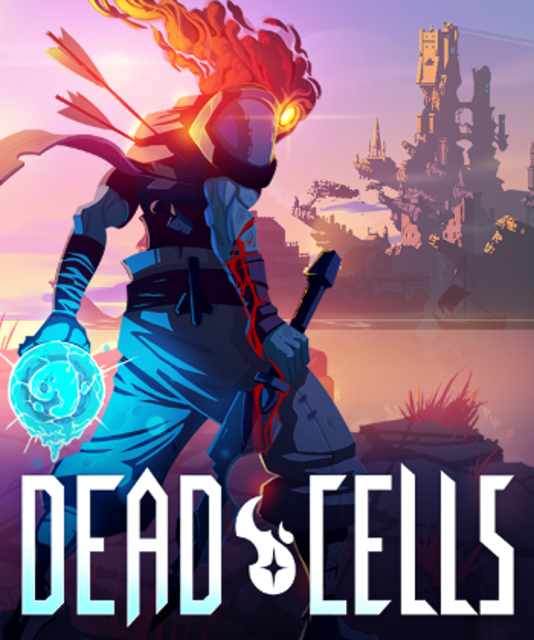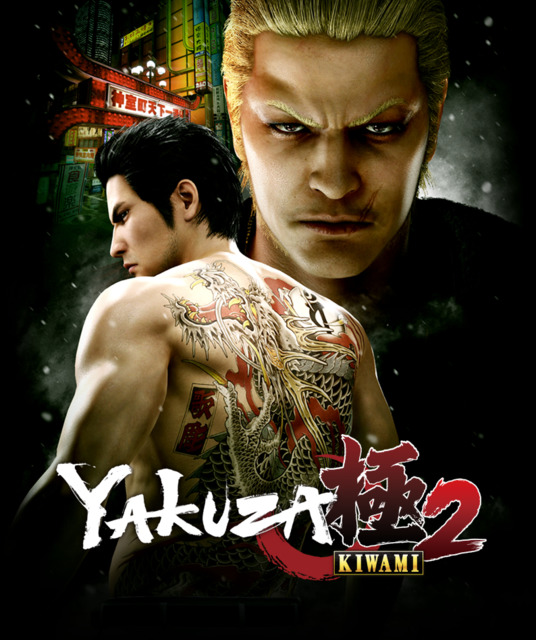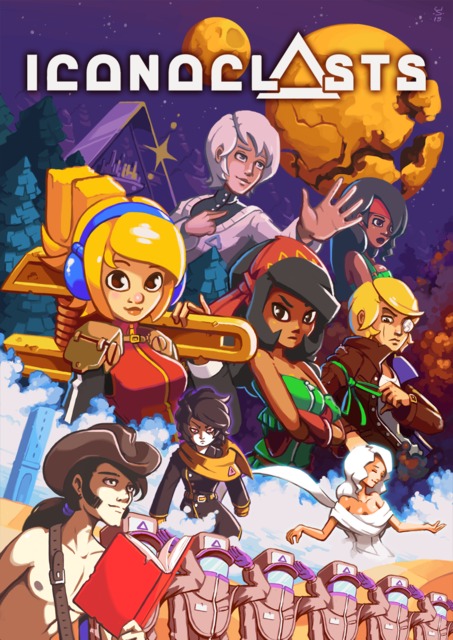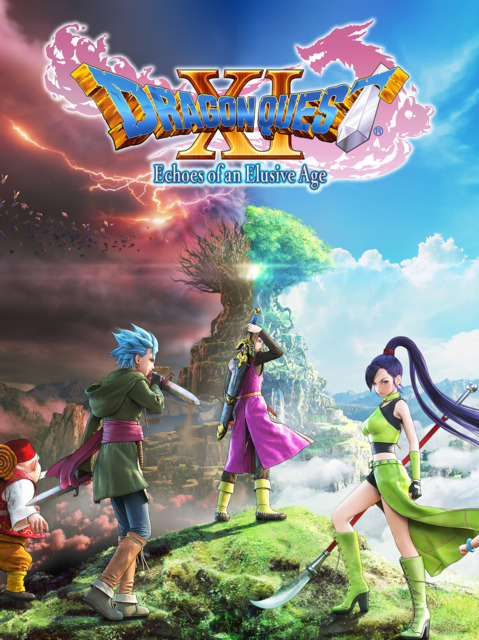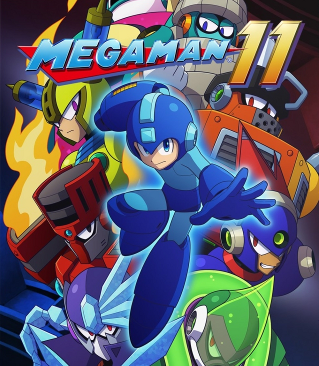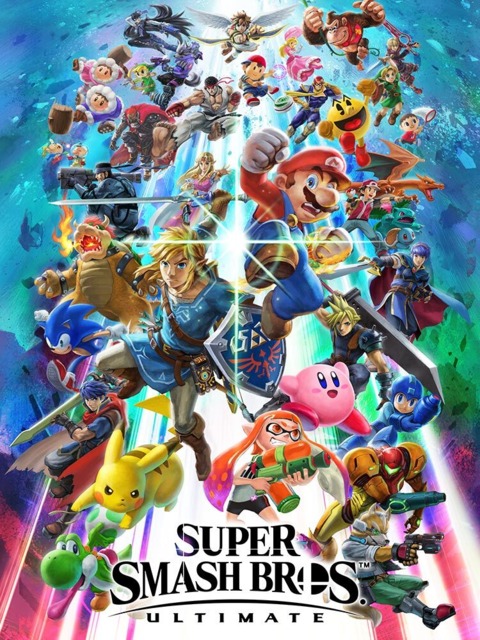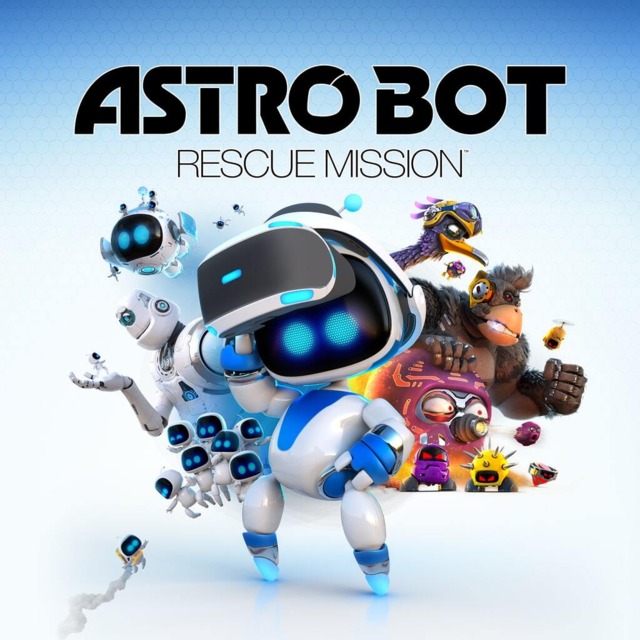Best of 2018
It took me most of January to actually write this out, but I'm glad I got through it after failing to write up 2017's list.
2018 was a wild year that gave a lot of people plenty of reasons to escape with video games, and I'm no different. Thankfully, it was a year that saw its share of stellar releases, and these ones just happened to be my favorites.
HONORABLE MENTIONS: Marvel's Spider-Man, Yakuza 6: Song of Life, Pokemon Let's Go Eevee, Donut County, Florence, Ni No Kuni 2: Revenant Kingdom
Before you ask, I didn't like Red Dead 2. No shade, I just expect the question. Also, I played a ton of Guilty Gear Xrd this year. Because I do that every year.
